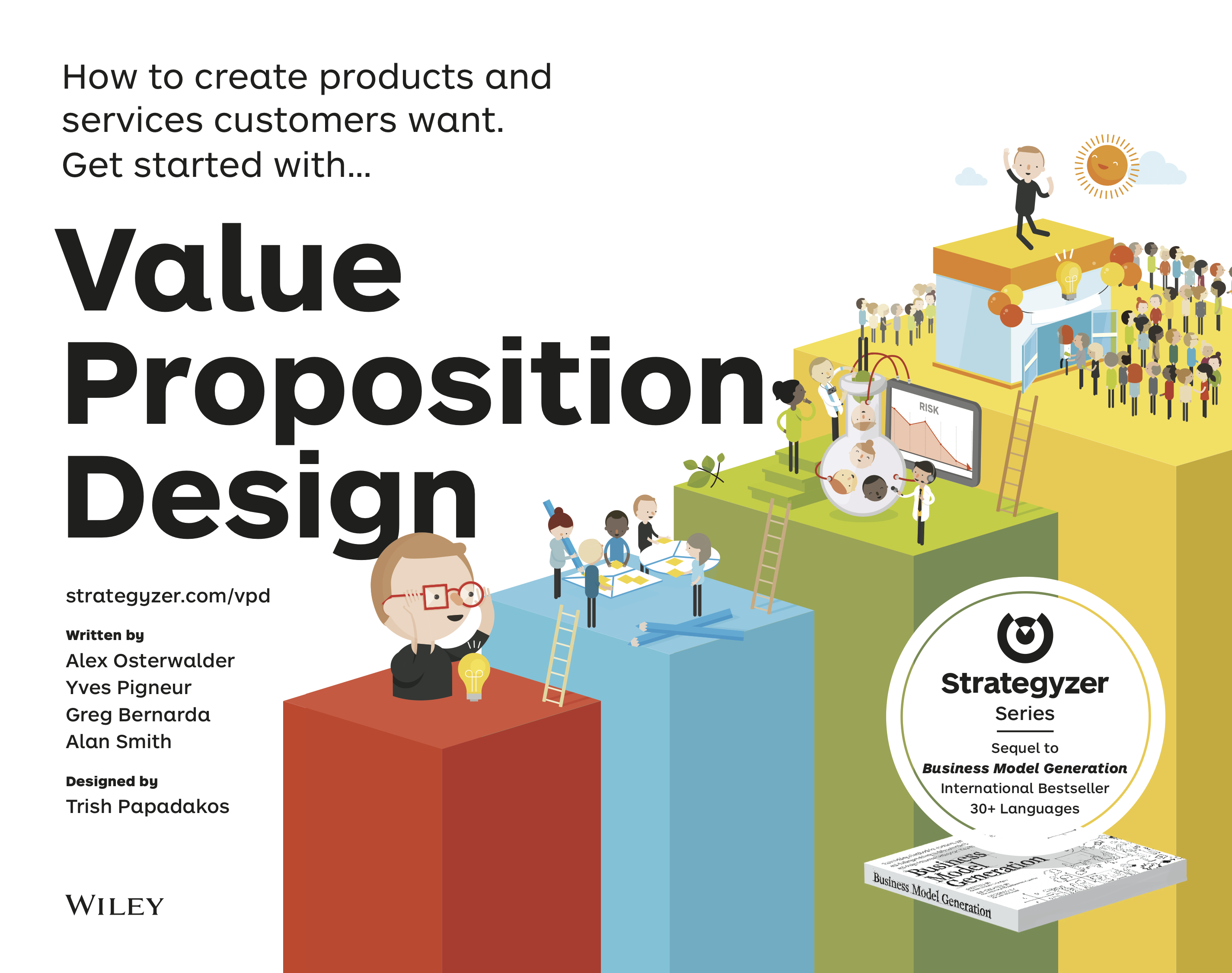Hitchhiker’s guide for dynamic ridesharing
Monday, January 5th, 2015Bonazzi, R., Pigneur, Y. (2015) The Hitchhiker’s Guide to the Galaxy of Dynamic Ridesharing, HICSS
Dynamic ridesharing is a form of carpooling that allows anyone in a city to hitchhike a ride on short notice. Firms like Lyft and Uber have location-based applications for smartphones that are said to revolutionize this sector of transportation. Nonetheless, this mobile service is still in its infancy and there is a constellation of alternative solutions, with no reliable way to benchmark their diffusion across cities. We propose a method that treats dynamic ridesharing like a virus and (1) collects data from Google trends, as if it were a flu; (2) monitors its viral diffusion by implementing an epidemiological model; (3) infers strategic choices of a firm and represents them on a business model canvas. Our data analysis illustrates that (a) the Susceptible-Infected-Susceptible model performs better than the traditional S-shaped curve, and (b) our method allows us to estimate the evolution of new users and dropped users in every city.




